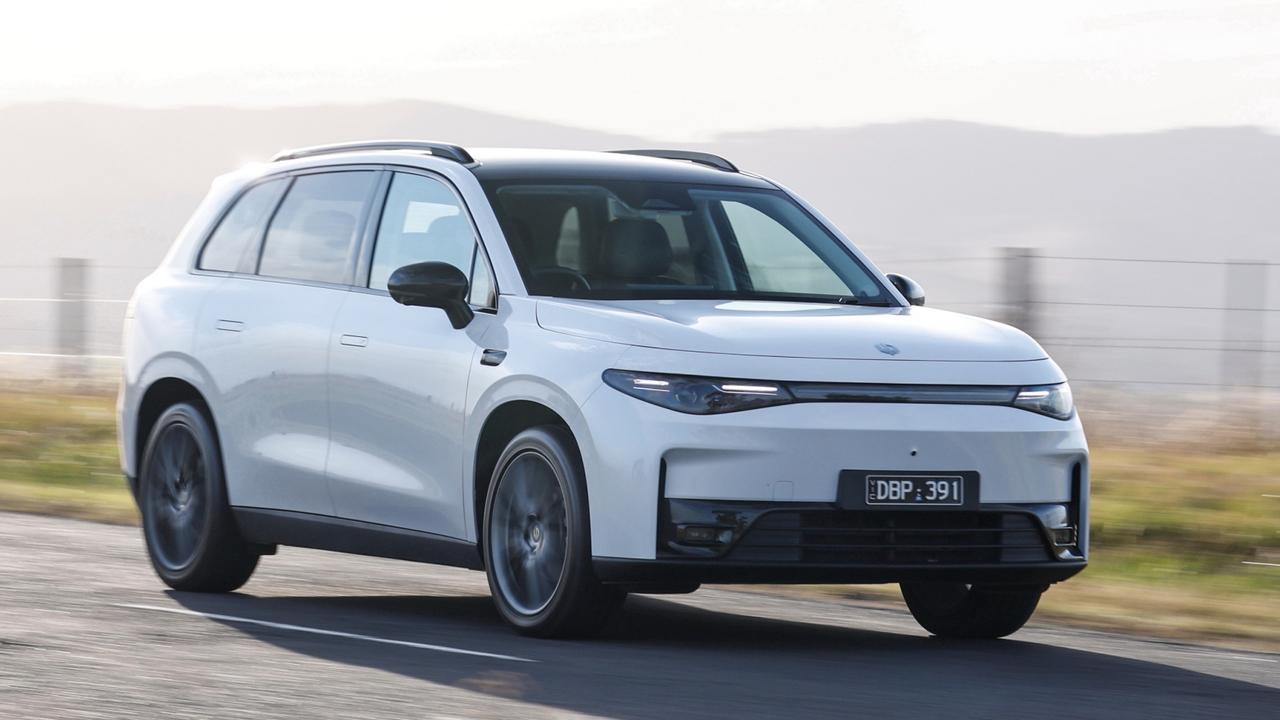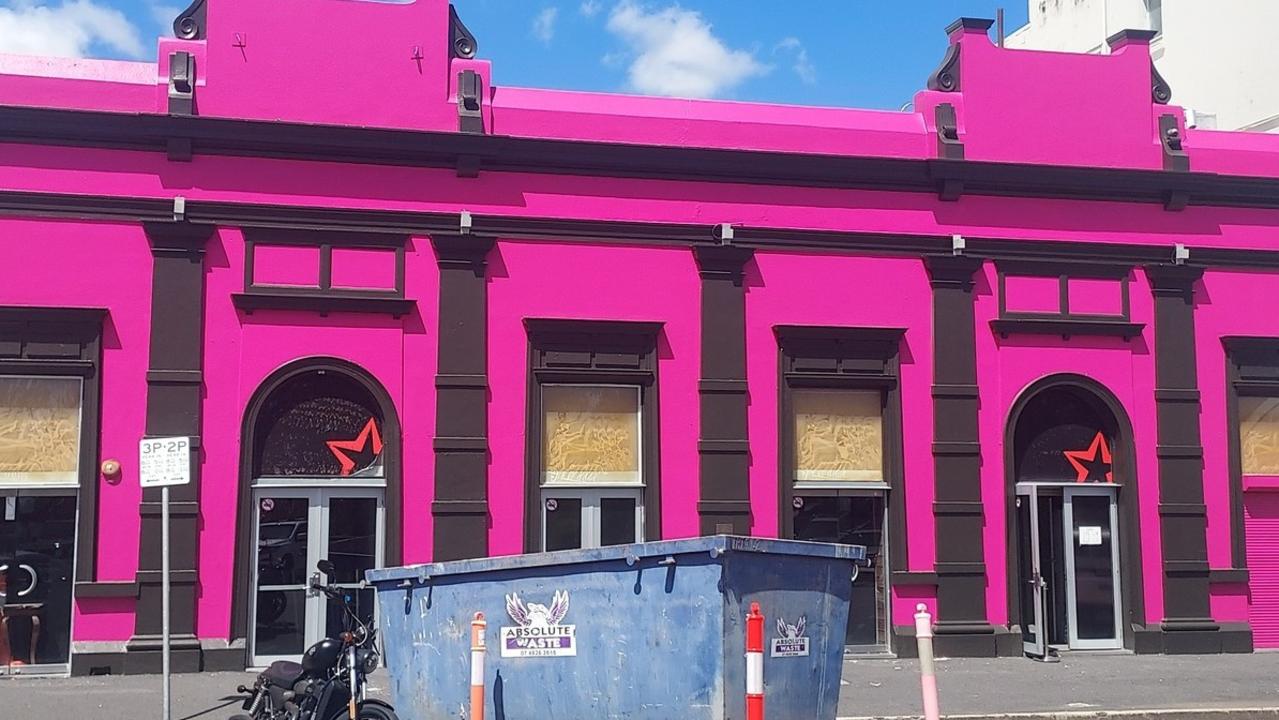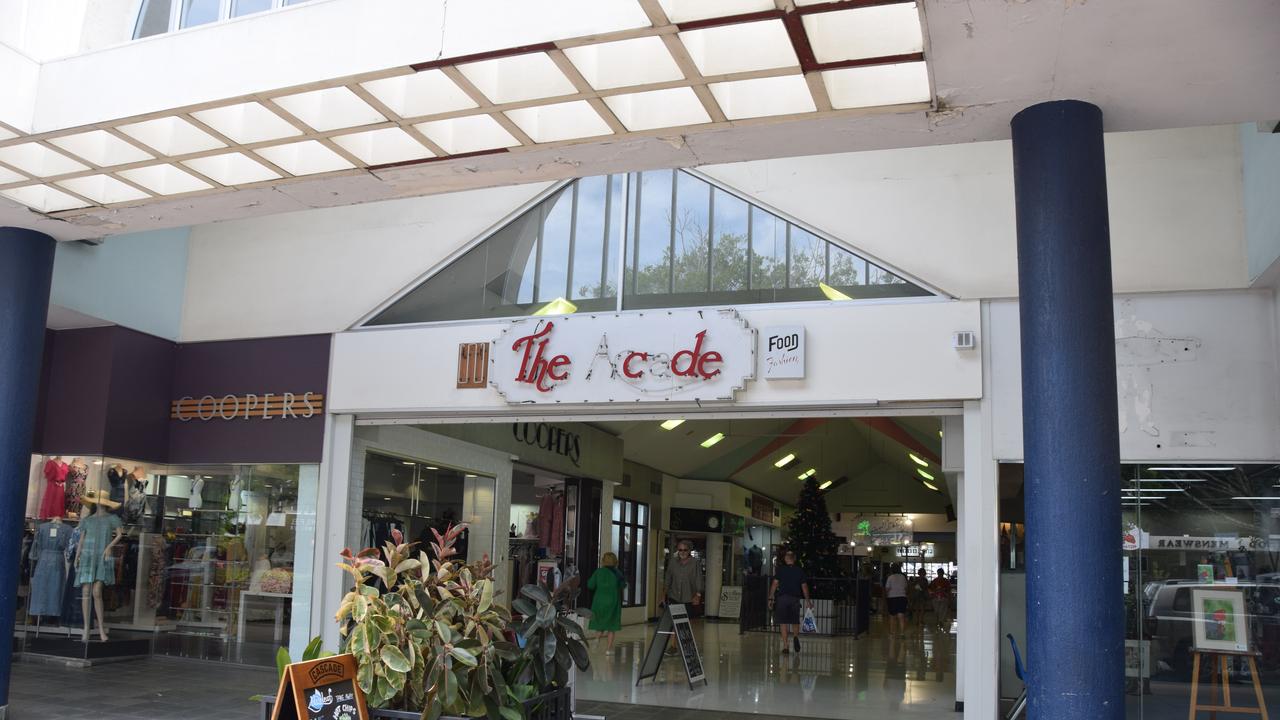Operator flown to Mackay after serious Saraji mine incident
The mining watchdog is investigating two separate dozer incidents in less than 12 hours at Central Queensland mines including a rollover that left a man in hospital. His horror injuries can be revealed.
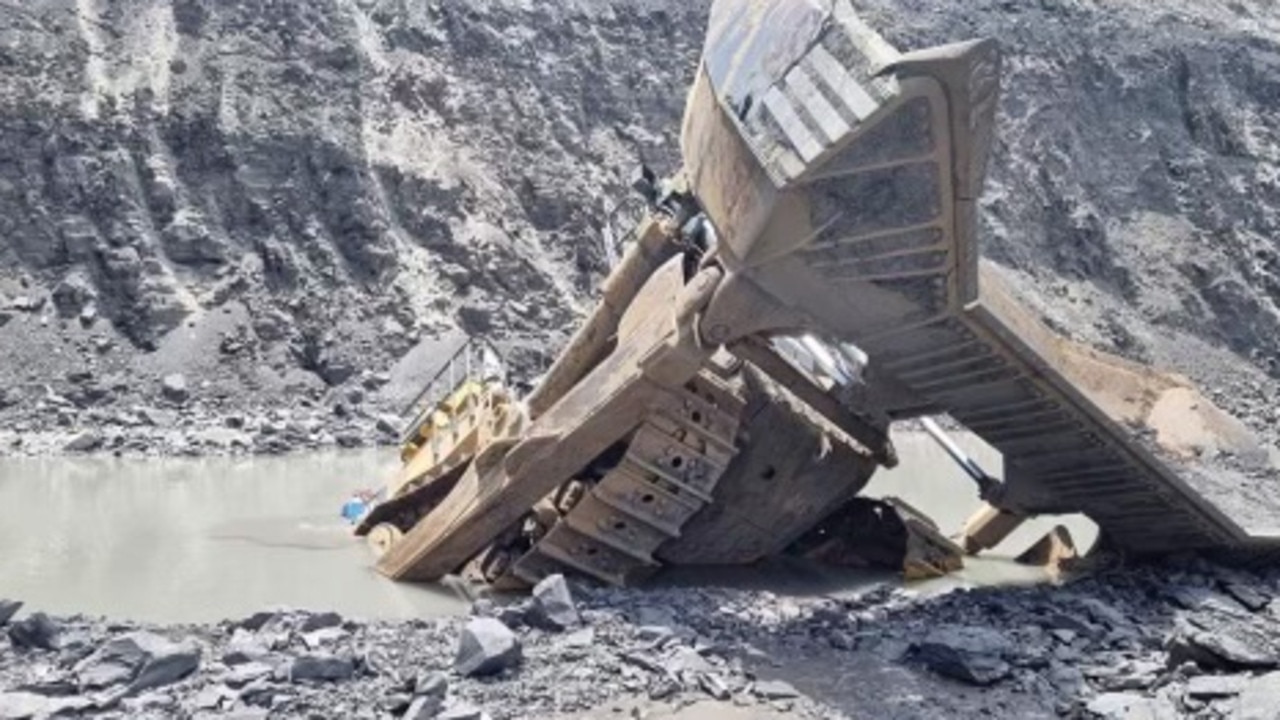
Business
Don't miss out on the headlines from Business. Followed categories will be added to My News.
The mining watchdog is investigating two separate dozer incidents in less than 12 hours at Central Queensland mines including a rollover that left a man in hospital with horror injuries.
A rescue chopper was required to fly a bulldozer operator to Mackay Hospital early Tuesday after the machinery he was operating rolled multiple times at BHP’s Saraji open pit coal mine north of Dysart.
His injuries can be revealed. They include five broken ribs back and pelvis fractures, substantial bruising and cuts over his body.
Less than 12 hours earlier, about 8.30pm Monday, a dozer “trammed backwards into a body of water” while undertaking mining support activities at Curragh mine at Blackwater.
“The operator of the dozer was able to exit the equipment unassisted without injury,” a Curragh mine spokeswoman said.
“Curragh Site Leadership and the Inspector have jointly agreed to temporarily cease dozer operations while the event is investigated.
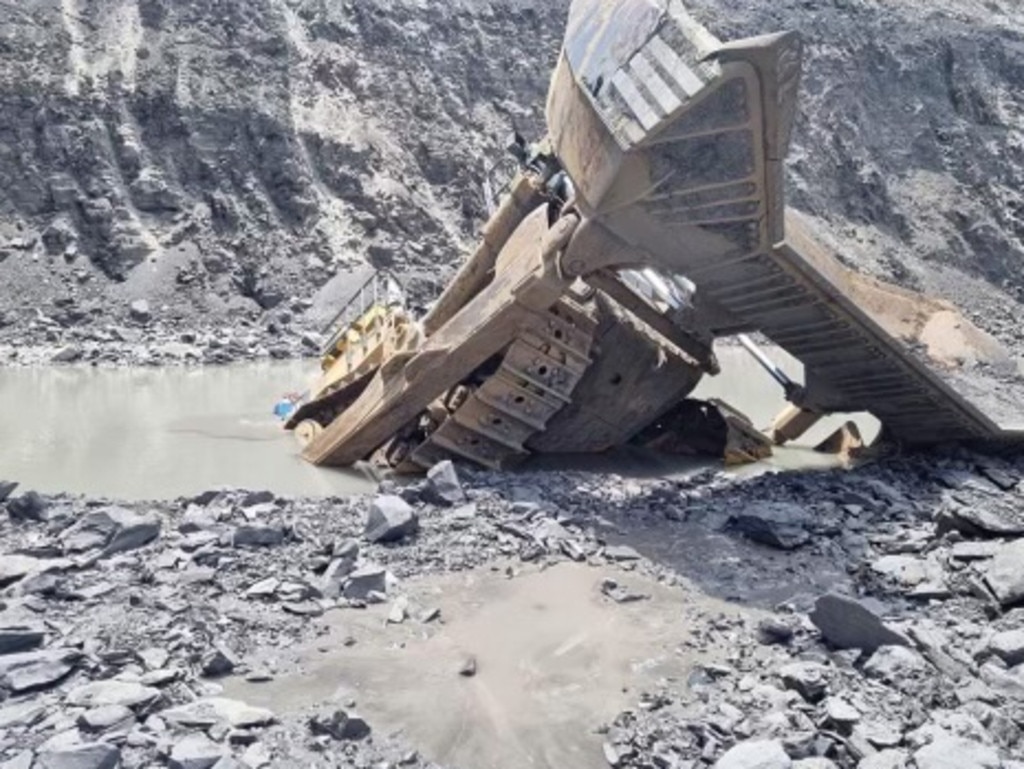
“While dozer operations are temporarily suspended, all other mining activities at the mine are continuing.”
The dozer operator at Saraji was not so lucky.
The RACQ CQ Rescue chopper conducted a hospital transfer early Tuesday morning – he remains in Mackay Base Hospital in a stable condition.
It is understood the dozer was a Caterpillar D11R and the operator was a longtime employee with BMA,
A BHP spokesman said the company had notified the mines inspectorate.
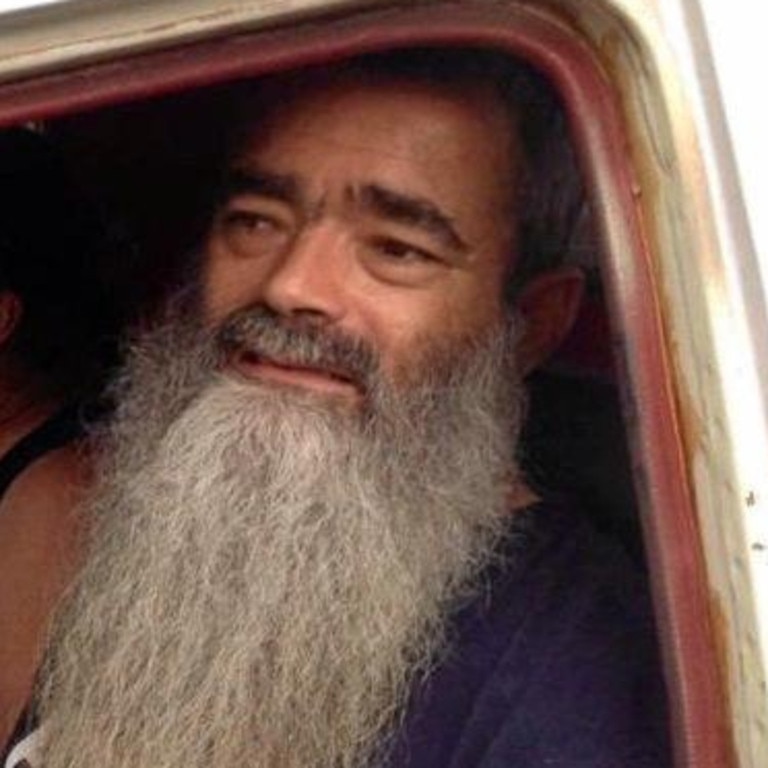
It is understood operations at the site were temporarily stopped for an emergency response but resumed after the area was made safe and the worker assessed to be in a stable condition.
Resources Safety and Health Queensland inspectors are investigating and “will share with industry any relevant lessons identified through the investigation when it is complete”.
Both mines where the incidents occurred have previously recorded fatalities, one of which involved a dozer.
Gracemere father Allan Houston died on December 31, 2018 when his dozer rolled 18 metres off an embankment at Saraji mine and he drowned in a pool of mud.
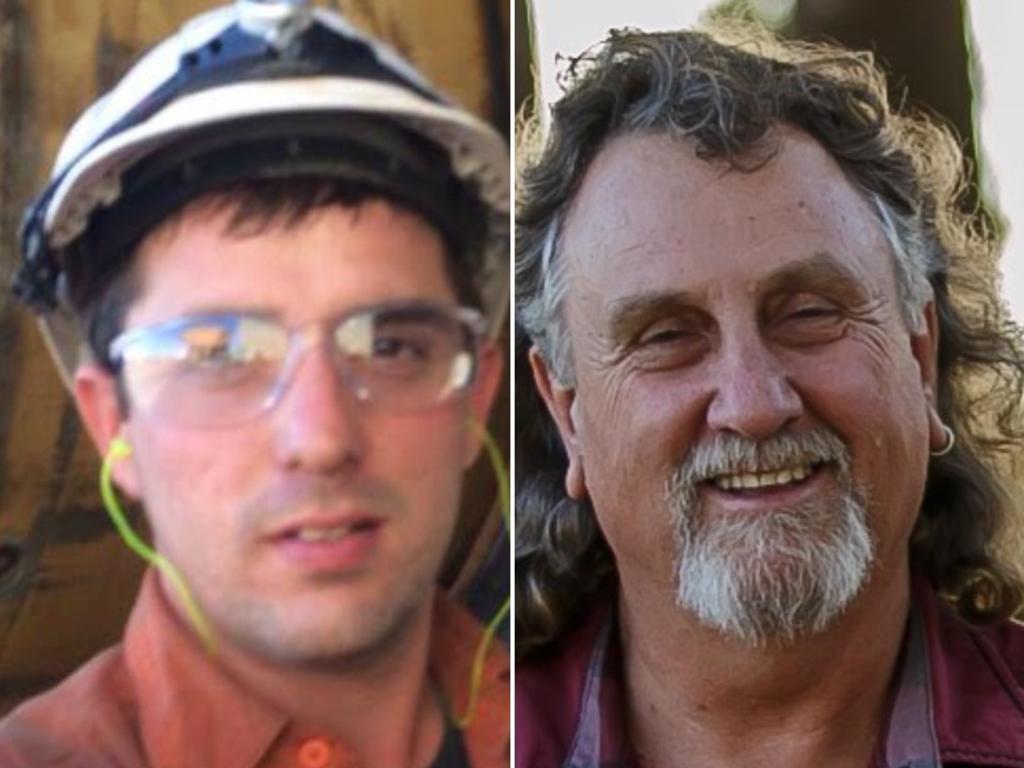
While Donald Rabbitt and Clark Peadon were killed at Curragh mine in 2020 and 2021.
Mr Rabbit died on January 12, 2020 while changing a 4.5 tonne tyre alone after it fell from about waist height crushing him – Clark Peadon was fatally crushed by a dragline on November 21, 2021.
The latest dozer incidents come just days after an Operational Review published on the Australian Stock Exchange on January 19 stated “employees and contractors across BHP continued to prioritise safety, resulting in the fourth consecutive year without a fatality”.
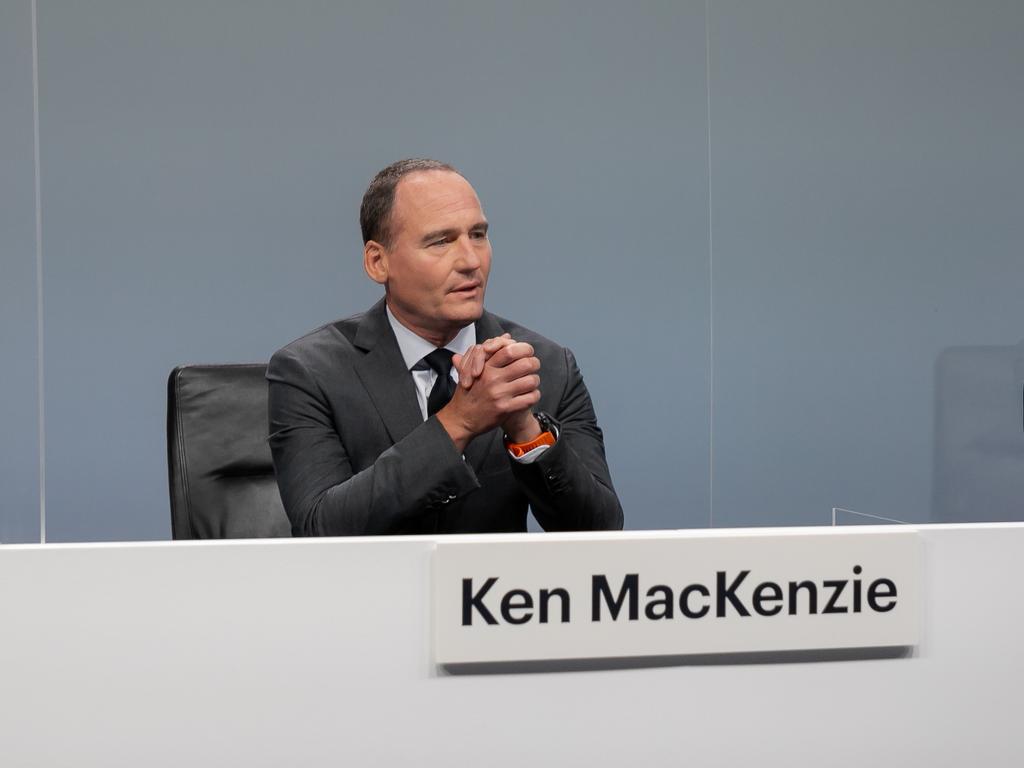
BHP chairman Ken MacKenzie said safety “has been, and will continue to be, our number one priority” in his speech at the company‘s AGM in November last year.
“Our safety indicators have continued to improve,” he said.
“For instance, we experienced fewer High Potential Incidents – which are those that could cause significant injury or fatality.”
CFMEU Queensland district president Stephen Smyth said union safety inspectors were investigating the circumstances of the incident and would leave “no stone unturned” to understand why the rollover occurred.
“Our thoughts are with the injured worker,” he said.
Bulldozer rollover events were a key focus of the RSHQ mine safety wrap for 2022, with a number of serious incidents highlighted.
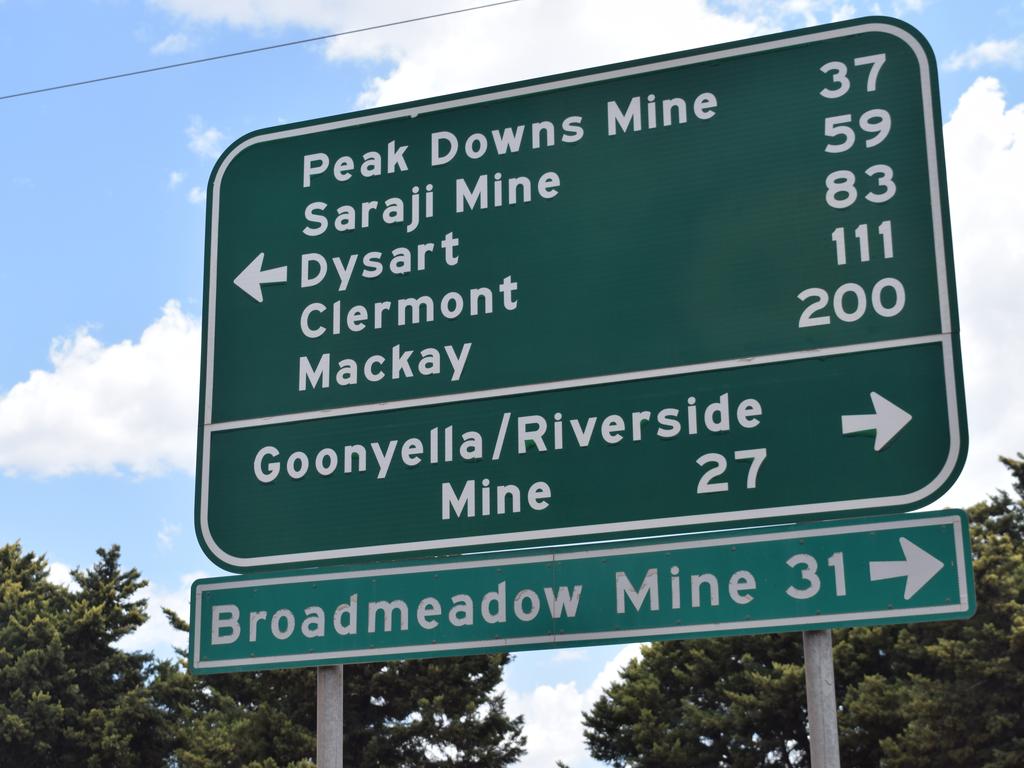
The RSHQ classifies bulldozer rollovers as preventable ‘high-risk incidents’ that can ‘result in serious injury and death’.
“There have been 10 rollover incidents on Queensland sites since December 2021, including a recent stockpile dozer entrapment incident,” RSHQ said in a safety notice on December 16.
“Three other incidents occurred at surface mines in July, October and November. Six similar incidents occurred between December 2021 and June 2022. These incidents occurred at nine different surface mines.”
At the time RSHQ recommended all site senior executives at Queensland mines should regularly audit the effectiveness of supervisors’ hazard identification and risk control skills and take corrective action when deficiencies are detected, the system for recording and correcting equipment defects and take corrective action when deficiencies are found and the shift task allocation against the training system and take corrective action when deficiencies are detected.
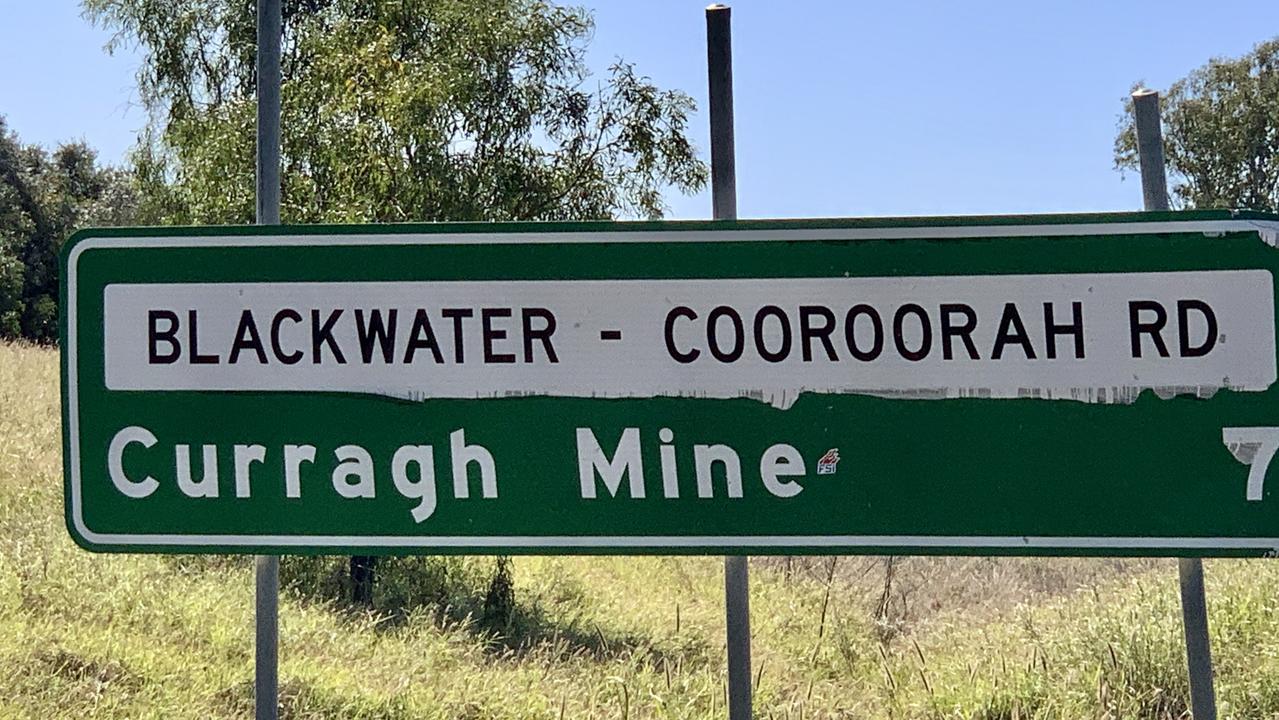
The safety body also encouraged every shift supervisor to:
- confirm operators have identified all the hazards in their workplace
- confirm the proposed risk controls to manage the hazards will control the hazard risk.
- monitor the effectiveness of the risk controls during the shift and take corrective action when deficiencies are detected.
- require that ground implements (blades and rippers) are kept as low to the ground as possible during operation, particularly when operating on uneven surfaces.
- review stockpiles to confirm that valve locations are easily and readily identifiable for operators
As of November 25 last year, all Queensland coal mines must comply with strict new “critical” safety measures after contentious amendments to the Queensland Coal Mining Safety and Health Act were approved.
First introduced in May 2020, the changes legislate coal mine operators can appoint only direct employees in safety-critical statutory roles.
More Coverage
Originally published as Operator flown to Mackay after serious Saraji mine incident




